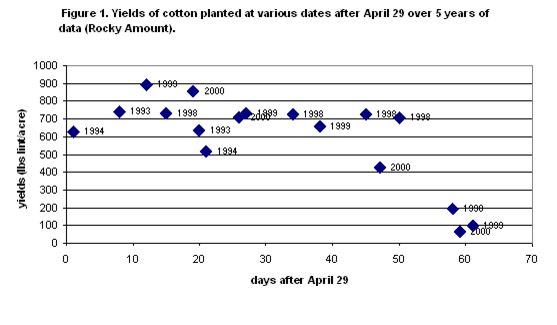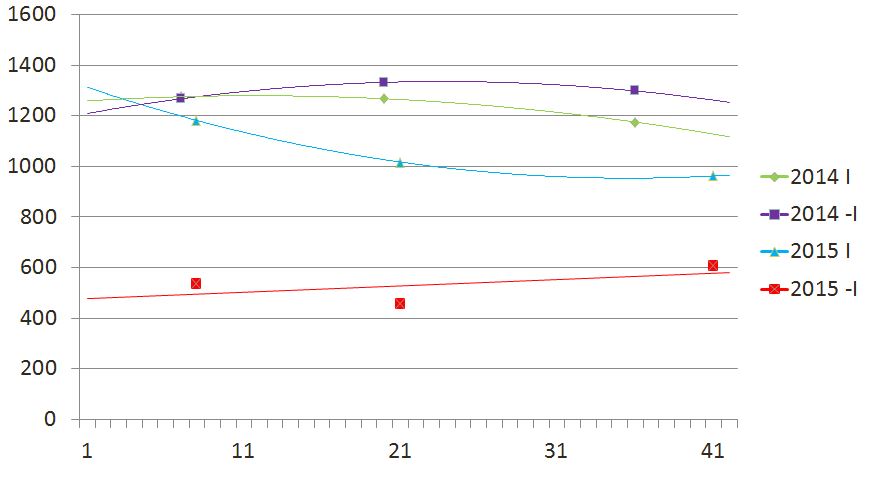Planting Cotton Late
go.ncsu.edu/readext?413076
en Español / em Português
El inglés es el idioma de control de esta página. En la medida en que haya algún conflicto entre la traducción al inglés y la traducción, el inglés prevalece.
Al hacer clic en el enlace de traducción se activa un servicio de traducción gratuito para convertir la página al español. Al igual que con cualquier traducción por Internet, la conversión no es sensible al contexto y puede que no traduzca el texto en su significado original. NC State Extension no garantiza la exactitud del texto traducido. Por favor, tenga en cuenta que algunas aplicaciones y/o servicios pueden no funcionar como se espera cuando se traducen.
Português
Inglês é o idioma de controle desta página. Na medida que haja algum conflito entre o texto original em Inglês e a tradução, o Inglês prevalece.
Ao clicar no link de tradução, um serviço gratuito de tradução será ativado para converter a página para o Português. Como em qualquer tradução pela internet, a conversão não é sensivel ao contexto e pode não ocorrer a tradução para o significado orginal. O serviço de Extensão da Carolina do Norte (NC State Extension) não garante a exatidão do texto traduzido. Por favor, observe que algumas funções ou serviços podem não funcionar como esperado após a tradução.
English
English is the controlling language of this page. To the extent there is any conflict between the English text and the translation, English controls.
Clicking on the translation link activates a free translation service to convert the page to Spanish. As with any Internet translation, the conversion is not context-sensitive and may not translate the text to its original meaning. NC State Extension does not guarantee the accuracy of the translated text. Please note that some applications and/or services may not function as expected when translated.
Collapse ▲The weather during our optimum planting period has not been real cooperative. Tomorrow (May 25) is the insurance cutoff for planting purposes. Cotton planted within 5 days after the final planting date will still be insured. The per-acre production guarantee will be reduced by one percent per day for days 1-5 of the late planting period.
The first chart below show that cotton yields normally do not drop off drastically until some time in June. The second chart show yield data over the past year up into the first week of June resulted in little to no yield reduction.
Many growers are switching over to planting soybeans with the latest round of cool weather and rain although some are still planting or replanting cotton. Later planted cotton is often successful but there are several things to be aware of when planting late cotton. The later you plant cotton the less time you have to make the crop or for the crop to compensate for periods of drought, therefore late planting is less risky on soils with better water holding capacity. Cotton, unlike soybeans, is a day neutral plant and therefore earlier varieties are better suited to late plantings. If you are planting late on droughty soils you may want to look at the variety calculator to see how well the varieties you are considering do in lower yield conditions.
Lastly, you will want to do everything you can to avoid maturity delays due to factors like thrips and utilize Pix where needed to promote early maturity.
Figure 2. Effect of planting date on yield 2014-15. (I=irrigated, -I= non-irrigated)




